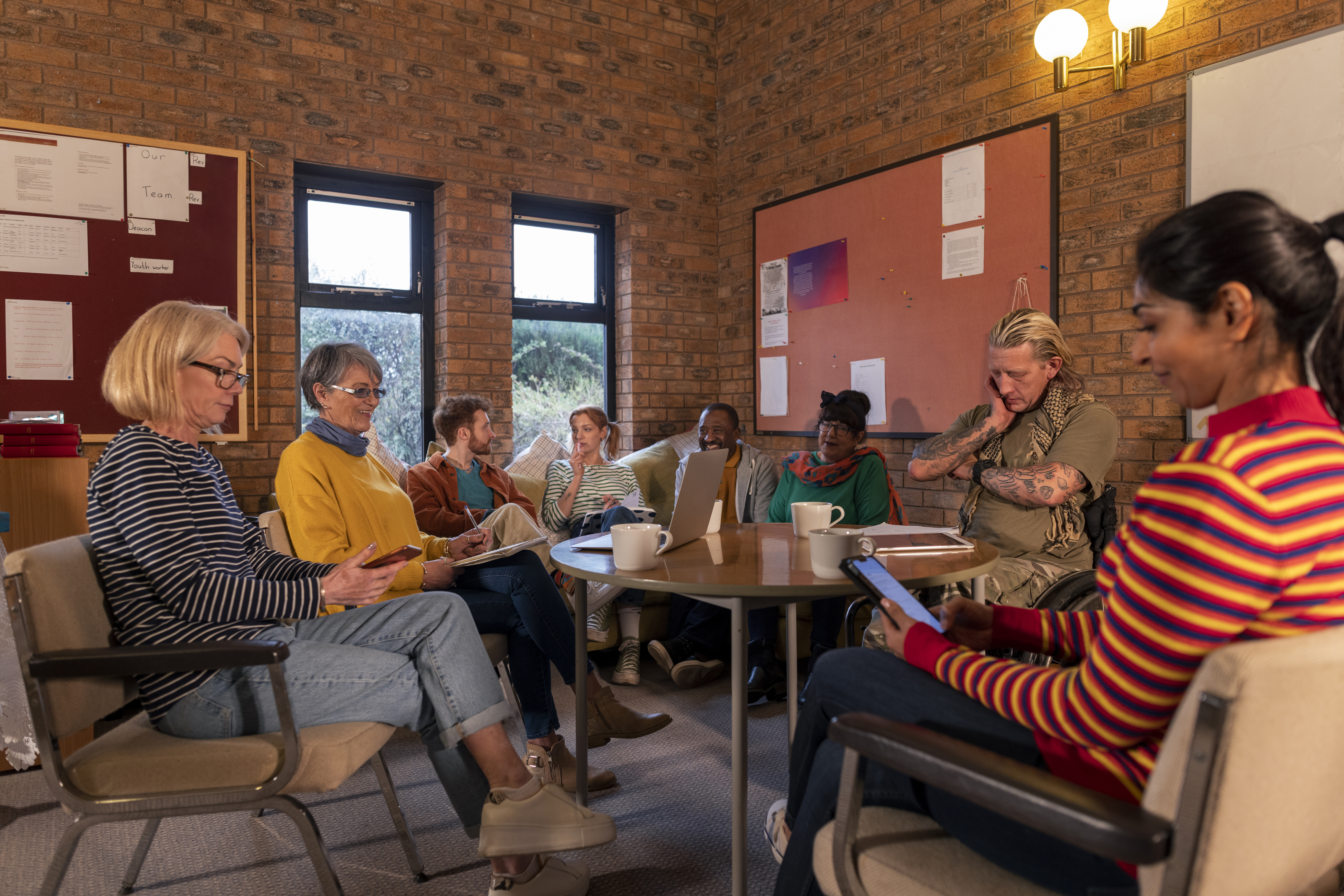By: Elizabeth Hummitzsch
I love Google’s definition of the word coalition: “an alliance for combined action.” It’s spot on how we think about coalitions at Mueller Communications. Perhaps you’re thinking “I could use an alliance for combined action!” – well, say no more. We’ve got you covered with a quick how-to guide to building coalitions.
Building a successful coalition requires strategy, careful planning, and genuine collaboration. Whether you are advocating for a community project, policy change, or organizational mission, creating a coalition can amplify your impact. From the Soldiers Home Community Advisory Council, to the Near West Side Partners, and from the Clean Economy Coalition to the Move Forward MKE Coalition, Mueller Communications has spent decades building and supporting coalitions of all sorts. Would a coalition help you reach your objectives? Here’s where to start:
- Determine Who Should be at the Table
The best, most impactful coalitions are made up of diverse viewpoints. Each member should bring with him or her their own objectives, perspectives, and expertise. Building a coalition involves identifying and engaging the right stakeholders who can contribute meaningfully to the effort, while also ensuring marginalized voices, or even contrary voices, also have a space.
Building relationships with these key stakeholders is crucial to a coalition’s success. By establishing mutual trust and aligning on common goals, organizations and individuals with varied interests can effectively collaborate. When done right, a coalition forms a strong network of trusted partners ensuring that everyone has a stake in the success of the effort. This ownership is extremely valuable.
- Start with a Shared Vision
A successful coalition begins with a clear, compelling vision that unites diverse stakeholders around a common cause. The foundation for any strong coalition is a shared goal, and this is often the first step in building collective action.
It can seem simple, but is often the most complex part of building a coalition: What can we all agree to? It’s important to start with the lowest common denominator across your diverse group of stakeholders. Where do we agree? Then, branch out from there to build your vision.
In the case of the Milwaukee Soldiers Home, there may not have been alignment around how to rehabilitate and reuse vacant historic buildings on the campus, but there was no question that everyone in the coalition believed that the buildings should be restored and put back into the service of veterans. Working from that shared goal, we were able to create cohesion across stakeholders and build trust that, ultimately, success looked the same for all of us, we just had to get there in a way everyone could feel comfortable with.
- Develop a Strong, Unified Message
Effective communication is vital in coalition building. Developing a clear, unified message that resonates with all coalition members—and their broader audiences—is essential. Each individual or organization that is a part of a coalition will have their own mission, vision and voice. Being part of a coalition is about staying true to those organizational assets while also uniting in a shared vision – and how to talk about it.
For the Clean Economy Coalition of Wisconsin, there was a great need for a messaging platform that spoke to its diverse stakeholders, all while remaining nonpartisan. The coalition’s message had to engage multiple groups around a common cause: advocating for clean energy policies and a sustainable future. Mueller Communications worked closely with the coalition’s members to craft messaging that was inclusive and focused on the broader mission of clean energy, ensuring that no one group’s identity or agenda dominated the conversation.
Similarly, for the Milwaukee Soldiers Home, Mueller developed messaging that appealed to a wide range of individuals. Whether they were veterans, community leaders, or historical preservationists, the message of restoring the Soldiers Home resonated with everyone. The campaign’s success was partly due to its ability to distill a complex and emotional issue into a simple, compelling narrative that could be embraced by all coalition members.
- Foster Ongoing Engagement and Support
A coalition is not a one-time event; it is a long-term commitment. The true success of a coalition lies in its ability to maintain momentum and keep members engaged so that they truly become ambassadors for the effort. Whether it’s regular meetings, e-newsletters, web updates or social media communications, creating open lines of communication with your coalition (and using them!) ensures that when a need for action arises, your most valuable assets are ready to mobilize.
Building a coalition requires clear vision, effective communication, strong relationships, and strategic planning. When done with intention and an eye toward bridge building, any organization or group can successfully build a coalition that drives meaningful change. By bringing together diverse stakeholders, communicating a unified message, and maintaining ongoing engagement, coalitions can accomplish extraordinary things and make a lasting impact on their communities. Are you ready for action? Let’s chat!




